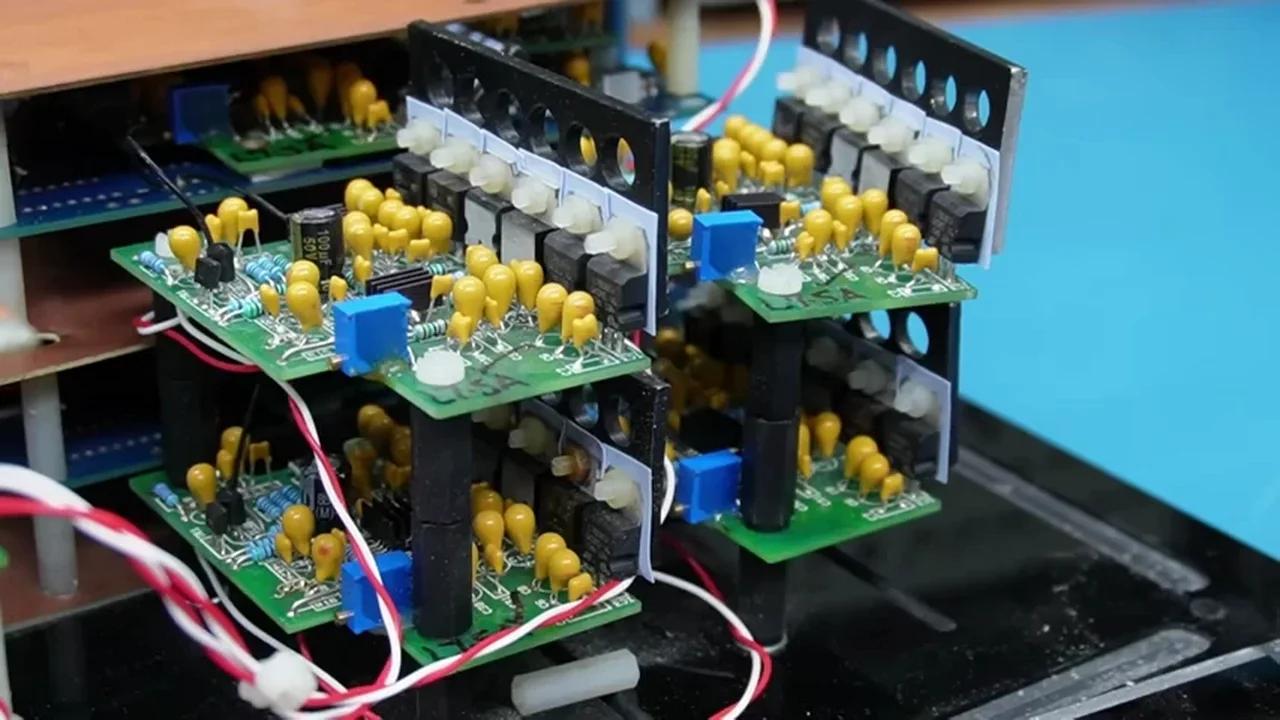Hello,
Is there anybody that took a look at the schematics showed in the original video, the part after the passive RIAA network (which is only partial, I guess) ?
It doesn't make any sense at first sight, so i tried to simulate it with spice, and, as expected, this does not work correctly at all. Did Mark made a mistake when reverse engineering it ?
Even if there is a mistake somewhere, the overall topology is non sense; most of the op amps are useless.
Or I missed something. I don't recall that Mark made it available.
The other "smart technologies" are absolutely not new, paralleling stuff is know for ages and loading the output of opamps is a way to shift the operating point (output biasing); all of this is described in Douglas Self books (and Burr Brown application notes shown by Mark). If he used 5532 for this wonder, the current sources are in the wrong way, but who ever know ? References of op amps are only known by the creator himself. Please, don't let him discover the world of Jim Williams or Bob Pease, he would have a stroke.
Not very impressed by the analog stuff, let alone the overall construction... Did he found a large batch of plastic stand-offs of the wrong size for very cheap, so he has to stick several of them together ?
The worst of this : in audiophile forums, people don't see any problem with this. They are so far from industrial production constraints and possibilities that they don't even see the difference between a teenager school project and an automobile industrial product. Even worse, they would trust the former and discard the latter.
Jerome.
Is there anybody that took a look at the schematics showed in the original video, the part after the passive RIAA network (which is only partial, I guess) ?
It doesn't make any sense at first sight, so i tried to simulate it with spice, and, as expected, this does not work correctly at all. Did Mark made a mistake when reverse engineering it ?
Even if there is a mistake somewhere, the overall topology is non sense; most of the op amps are useless.
Or I missed something. I don't recall that Mark made it available.
The other "smart technologies" are absolutely not new, paralleling stuff is know for ages and loading the output of opamps is a way to shift the operating point (output biasing); all of this is described in Douglas Self books (and Burr Brown application notes shown by Mark). If he used 5532 for this wonder, the current sources are in the wrong way, but who ever know ? References of op amps are only known by the creator himself. Please, don't let him discover the world of Jim Williams or Bob Pease, he would have a stroke.
Not very impressed by the analog stuff, let alone the overall construction... Did he found a large batch of plastic stand-offs of the wrong size for very cheap, so he has to stick several of them together ?
The worst of this : in audiophile forums, people don't see any problem with this. They are so far from industrial production constraints and possibilities that they don't even see the difference between a teenager school project and an automobile industrial product. Even worse, they would trust the former and discard the latter.
Jerome.

